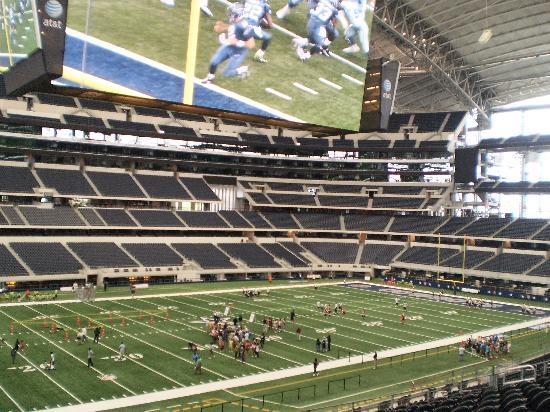When I first visited the harold patterson sports center, I expected a straightforward municipal sports facility. What I discovered was so much more—a sprawling, thoughtfully designed venue that brings organized athletics and community energy together in a way that feels both high-level and homegrown. Having coached youth teams and assisted tournament organizers, I deeply appreciate how intentional facility design can elevate the experience for players, coaches, and families alike. Join me as I walk you through why this Arlington institution earns its place as a regional sports anchor.
A Deep Dive into the Harold Patterson Sports Center’s Impact
The Harold Patterson Sports Center spans over 135 acres and offers a comprehensive array of fields and amenities. With multipurpose fields that convert seasonally—twelve baseball diamonds in spring and summer, switching to football in the fall and winter—alongside large and small soccer fields, adult and youth softball fields, playgrounds, restrooms, concession stands, and a covered pavilion, it truly supports every level of play.
I’ve seen how such design enhances usability: coaches can plan back-to-back games, parents can navigate the place easily, and young athletes feel their efforts are treated with dignity. The environment whispers, “You belong here,” and that matters for motivation as much as the scoreboard does.
Growth Rooted in Legacy and Community Vision
Located on West Bardin Road in Arlington, the sports center’s namesake served as mayor from 1983 to 1987, a period when the city expanded significantly. His vision helped shape key civic developments, and in turn, this facility embodies that spirit—building infrastructure that connects people and enhances daily life.
Transforming a city asset into a sports and community hub illustrates how local leadership and foresight can create lasting value for generations. That’s the legacy woven into every practice session and every scoreboard flip at this center.
A Community Coach’s Perspective
I recall coordinating a weekend youth tournament where digital signage kept parents updated on field changes, shaded bleachers offered relief from the Texas sun, and kids reveled in organized play across a well-maintained field. The players’ excitement sharpened, the games ran smoother, and everyone—from coaches to families—felt the positive momentum.
Why the Harold Patterson Sports Center Raises the Bar
This isn’t just about amenities—it’s about intentional accessibility. Wide parking, clear wayfinding, and multi-use scheduling ease workload on organizers, while dependable field surfaces and lighting build trust with coaches and teams. When I plan events, I’ve learned that a venue that feels reliable drives retention—teams return when they know the venue will rise to the occasion.
For participants, that trust translates to focus—and that’s how memorable performances take place.
Real-World Effects: Tournaments, Local Pride, and Regional Draw
The facility regularly hosts league play, youth tournaments, and community events that ripple beyond the fields. Families stay for the day, local businesses benefit, and the city enjoys both cultural and economic vitality. When tournaments bring distant teams into town, they spark local tourism—bringing nights at nearby hotels, dinners, and weekend stays into motion.
My experience shows that community identity strengthens when these venues breathe life into local economies and elevate everyday sport.
Facing Challenges with Smarter Solutions
Large facilities demand rigorous coordination: field rotations, weather disruptions, maintenance schedules, and competing sporting calendars all create friction. At Harold Patterson, agile scheduling, field conversions, and proactive community communications keep things running smoothly—even during unexpected rain delays or late-night game finishes.
I’ve learned that venues that anticipate challenges—not just react—are the ones that sustain trust with their communities.
Setting a Standard for Community-Focused Sports Facilities
Harold Patterson Sports Center exemplifies how local government infrastructure can be both ambitious and inclusive. Its balanced focus on versatile amenities, user-friendly layout, and community integration offers a replicable model. Cities and recreation planners looking to strengthen sport engagement would be wise to follow this blueprint—scaling it to fit local needs but retaining the balancing of ambition and accessibility.
Imagine neighborhood venues with multi-use courts, clear spectator areas, and planning based on experience rather than assumptions—that’s how sports grow community.
Final Thoughts: More Than Fields—A Stage for Community
When I step into the atmosphere of the harold patterson sports center, I don’t just see a physical space—I feel the energy of shared effort, growth, and pride. From weekend leagues to youth showcases, each moment reflects a vision that values both performance and connection.
This sports center is a living testament to how community infrastructure, when thoughtfully developed, can inspire belonging and athletic excellence in tandem. It’s not just a venue—it’s a platform for possibility.
